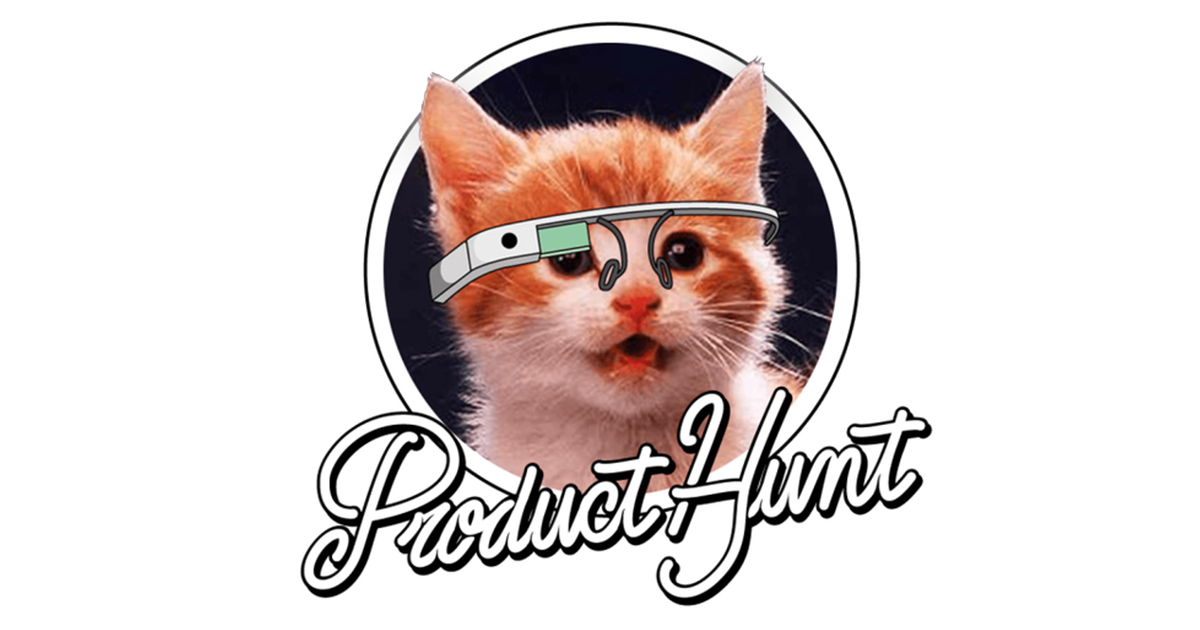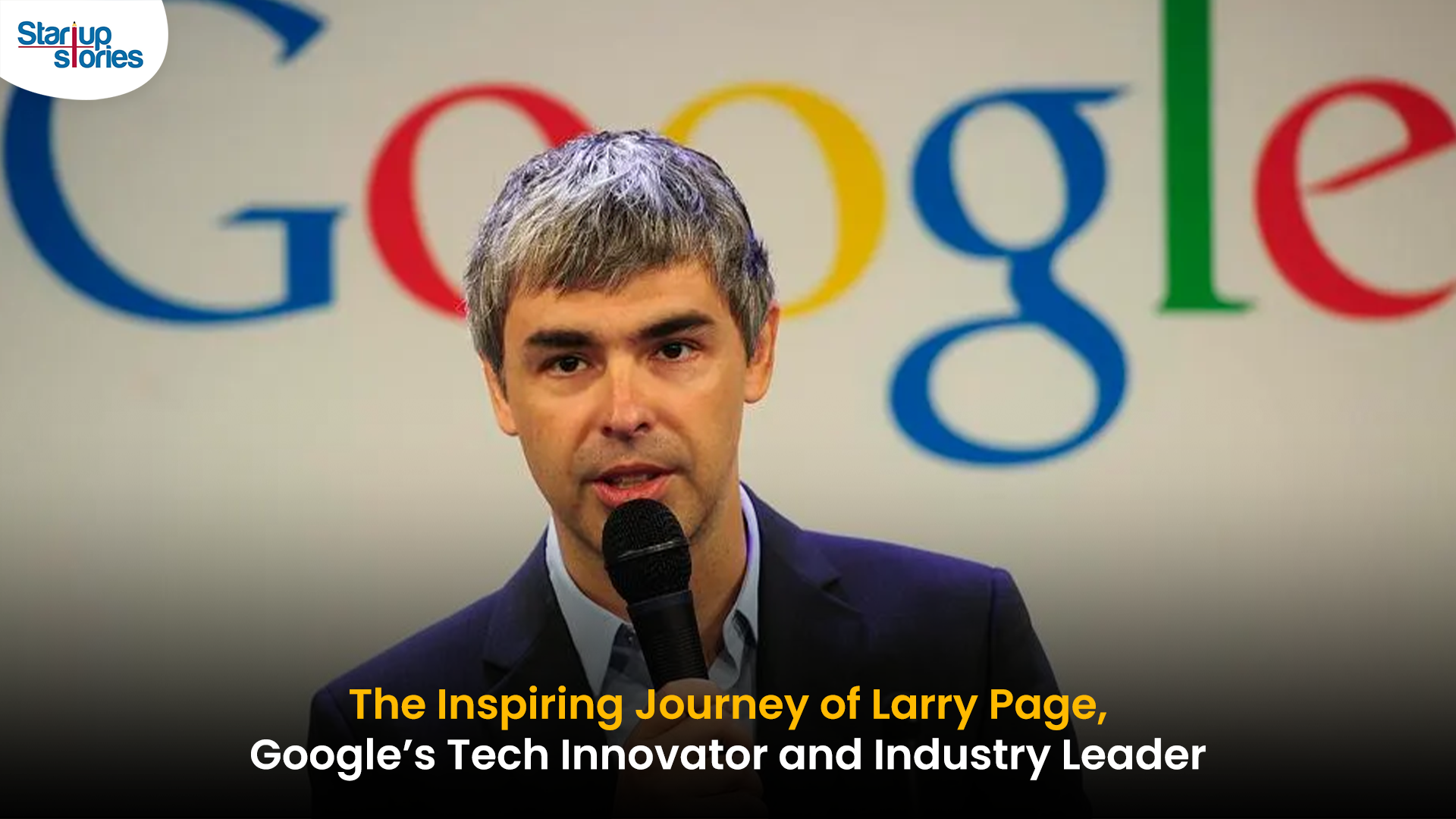Stories
Journey And Growth Of Product Hunt

The proliferation of the internet across the world has been one of the biggest achievements of technology in the last two decades. The advent of internet technology gave many people a chance to display their talents for the world to see and take notice. However, like any good thing there is also another side to the coin, which in this case is the huge volume of talent on display.
What is it that famous apps like the group video mobile chatting app, Houseparty and the hugely popular $0 commission brokerage firm, Robinhood have in common? Both Houseparty and Robinhood launched their products on Product Hunt from where they got their initial traction; the kind of traction which resulted in funding from acclaimed investors. Product Hunt comes into the picture by giving deserving product creators a platform to display their wares.
Before we dive into the journey of Product Hunt, we need to understand what Product Hunt does primarily. Product Hunt is a website/platform which lets users share their own products and discover other products. Users can comment and vote (upvote and downvote) various products which they think are useful or not. A product with the most upvotes in a day reaches the top of the list for that day. Simply put, the more attractive and useful a product is, means the better the chance for it to be discovered by other users. Products are mainly classified and organized into four categories namely technology (web apps, mobile apps etc.,) games ( PC, mobile and web,) books and podcasts.
Product Hunt: The Beginning
Product Hunt was founded by Ryan Hoover in 2013 but initially Product Hunt was completely different than what it is right now. Before Product Hunt kicked off, Hoover was a Product Director at a gaming company named PlayHaven. Hoover was an active blogger and used to talk about tech products and answer questions from his audience about his thoughts on new things on TechCrunch, Hacker News, Redditt and Twitter. Product Hunt initially began as an email list using LinkyDink, a tool for creating an email digest.
Just announced a new experiment: Product Hunt http://t.co/wM3F7rF0Xr
cc @choosenick, @jongold, @stef
— Ryan Hoover (@rrhoover) November 6, 2013
Interested contributors submitted links of new products which would be included in the email newsletter and subscribers would receive the newsletters containing all the new products.
What began as a side project grew into Product Hunt. Hoover realised he had an excellent idea on his hands and one which would be helpful for everyone. Founders are using the platform (Product Hunt) as a launch pad, investors are using it as a scouting ground while tech enthusiasts are able to stay updated on new technology.
Once Ryan Hoover realised the potential for what Product Hunt could be, he reached out to his friend Nathan Bashaw for help with designing the original Product Hunt. The platform was designed over a Thanksgiving break and rolled out. Hoover and Bashaw tested the waters by seeking feedback from users about Product Hunt and also at the same time making them invested in the decision making process.
Five days after gaining feedback from initial users, the first Product Hunt beta was rolled out followed by gaining the first 30 users. Bugs were identified and corrected all the while collecting constant feedback and in a span of a week the users grew to 100. It was then that Product Hunt was publicly launched for the public. At that moment, Ryan Hoover however did not go for press publicity but instead worked on making Product Hunt as engaging as possible while retaining their users. Later a couple of strategically placed articles in the press worked wonders while reaffirming that Product Hunt was not just one of Hoover’s experiments.
Since the public launch, Hoover kept a keen eye on promising users and engaged with them and also collaborated with influencers in the tech space to promote Product Hunt. Twenty days after the public launch of Product Hunt, there were 2000 users on the platform.
Once Product Hunt started gaining traction, it was not long before venture capital firms came knocking on their doors.
AngelList Acquisition
Since Product Hunt began in 2013, there have been over 100 million product discoveries and 50,000 startups and makers introduced their product/service to the world on Product Hunt. AngelList is a U.S. website for startups, angel investors, and job seekers looking to work at startups. AngelList also helps startups with their challenges in fundraising and talent. Ryan Hoover used to browse AngelList to search for different startups that have been springing up.
My new favorite thing: browsing AngelList. I'm such a nerd.
— Ryan Hoover (@rrhoover) October 25, 2011
Ryan Hoover and AngelList founder Naval Ravikant decided to meet and discuss Product Hunt after Naval reached out to Hoover over a text message. The meeting took place six months after Product Hunt was rolled out publicly. Ryan Hoover initially had a fear that AngelList might be a competitor to Product Hunt, as investors were using the platform to scout for promising startups. While Product Hunt’s focus was product discovery, Hoover took his time to learn about Naval’s vision for AngelList following which his fears were assuaged. It was then that Naval offered to invest in Product Hunt. Although the news was not publicly announced, both Product Hunt and AngelList have announced the acquisition on their company blog sites. AngelList had this to say about Product Hunt on their blog “Product Hunt will remain independent. It will maintain its playful, empathic and curious attitude (sic.)” AngelList acquired Product Hunt in November, 2016.
Today Product Hunt is used by product and app developers worldwide to display their creations in order to be launched or in the hopes of attracting investors. Stay tuned to Startup Stories to learn more about the revenue models of Product Hunt in the next article.
Videos
T.N. Seshan: The Fearless Reformer Who Redefined Indian Democracy
T.N. Seshan’s name stands tall in India’s history as the man who transformed the nation’s electoral system with extraordinary courage and integrity. Born in 1932 in Kerala, Seshan grew up with values of discipline, education, and service to the nation — virtues that shaped his illustrious journey. From his early brilliance at Madras Christian College to his advanced studies in public administration at Harvard University, Seshan’s path reflected rare determination and intellect. Joining the Indian Administrative Service in 1955, he built a reputation as a no‑nonsense officer committed to efficiency and honesty, serving in key roles such as Secretary of Defense and overseeing vital national programs.
As the Chief Election Commissioner of India in 1990, T.N. Seshan sparked a new era of electoral integrity. In a system once marred by corruption, violence, and malpractice, Seshan brought order, fear, and respect through his groundbreaking reforms. He introduced voter ID cards, imposed strict spending limits on campaigns, and insisted on transparency at every level of the election process. Despite criticism from political circles that labeled him dictatorial, his relentless pursuit of fairness empowered every citizen to vote fearlessly. Under his leadership, the Election Commission became a symbol of strength and integrity in Indian democracy.
Seshan’s passing in November 2019 marked the end of an era, but his message continues to resonate across generations. Leaders from every corner of the country mourned the loss of the man who restored faith in free and fair elections. His enduring legacy reminds us that true leadership lies not in wielding power, but in serving people with honesty, courage, and conviction. T.N. Seshan’s life remains a timeless inspiration a reminder that democracy thrives only when its citizens are vigilant, responsible, and fearless.
Entrepreneur Stories
Indian Man Quits JPMorgan, Takes 70% Pay Cut to Launch $6 Million Startup

Leaving behind a high-paying job at JPMorgan, an Indian entrepreneur embraced a 70% salary cut to pursue true purpose and passion in the startup world. Disenchanted with what he described as a “robotic” corporate routine, he sought meaningful work that made a real impact. This pivotal decision marked the beginning of his new journey, one focused on value creation rather than titles and corporate perks.
Powered by resilience and fresh perspective, the entrepreneur launched his own startup, prioritizing innovation and hands-on solutions. The road was challenging, but his vision resonated with the market: the startup quickly gained traction and raised $6 million—an impressive acknowledgement of its potential in a competitive landscape. Every hard lesson from early setbacks and bootstrapping paid off in real customer growth and investor confidence.
Today, his journey stands as an inspiring example for professionals seeking authentic success outside the corporate grind. By trading comfort for creative freedom, he grew a venture that solves important problems, generates jobs, and builds wealth beyond just salary. For ambitious founders, his story highlights the power of risk-taking, adaptability, and relentless focus on impact in India’s thriving startup ecosystem.
Videos
Larry Page: The Visionary Co-Founder Behind Google’s Global Success

Larry Page is a visionary technology entrepreneur and co-founder of Google, one of the world’s most influential companies. Born in 1973 in Michigan, Page grew up surrounded by computer technology, which inspired his passion for innovation from an early age. He studied computer engineering at the University of Michigan and later pursued his PhD at Stanford University, where he developed the revolutionary PageRank algorithm with Sergey Brin. This technology fundamentally changed the way search engines rank websites, making Google the most accurate and popular search engine globally.
The journey of Larry Page and Google began in 1998 when they officially launched the search engine from a small garage. Leveraging their unique algorithm, Google quickly surpassed competitors due to its ability to deliver highly relevant search results, transforming internet search forever. Under Larry Page’s leadership as CEO, Google expanded beyond search to launch groundbreaking products including YouTube, Gmail, and Google Maps, turning it into a global tech powerhouse that shapes how we access and interact with information online.
Larry Page later became the CEO of Google’s parent company, Alphabet Inc., driving innovation and investment in next-generation technologies such as artificial intelligence, autonomous vehicles, and healthcare solutions. His visionary leadership and commitment to technological advancement have cemented his legacy as one of the most influential figures in the tech industry. Today, Larry Page remains a key influencer in shaping the future of technology and digital innovation worldwide.













binance prijava
April 22, 2025 at 12:07 pm
Thank you for your sharing. I am worried that I lack creative ideas. It is your article that makes me full of hope. Thank you. But, I have a question, can you help me?
Registrera dig
May 2, 2025 at 11:43 am
Thank you for your sharing. I am worried that I lack creative ideas. It is your article that makes me full of hope. Thank you. But, I have a question, can you help me?
binance odprt racun
May 18, 2025 at 1:46 am
Your point of view caught my eye and was very interesting. Thanks. I have a question for you.
binance тркелгсн жасау
June 11, 2025 at 2:58 pm
Thanks for sharing. I read many of your blog posts, cool, your blog is very good.
binance Empfehlungscode
August 1, 2025 at 10:22 pm
Thank you for your sharing. I am worried that I lack creative ideas. It is your article that makes me full of hope. Thank you. But, I have a question, can you help me?
Create a free account
September 23, 2025 at 6:26 am
I don’t think the title of your article matches the content lol. Just kidding, mainly because I had some doubts after reading the article.
binance
October 3, 2025 at 3:22 am
Thank you for your sharing. I am worried that I lack creative ideas. It is your article that makes me full of hope. Thank you. But, I have a question, can you help me?
iwin
November 7, 2025 at 7:06 am
iwin – nền tảng game bài đổi thưởng uy tín, nơi bạn có thể thử vận may và tận hưởng nhiều tựa game hấp
谷歌站群
November 8, 2025 at 6:16 pm
专业构建与管理谷歌站群网络,助力品牌实现全域流量的强势增长。谷歌站群
MM88
November 9, 2025 at 8:26 pm
Khám phá thế giới giải trí trực tuyến đỉnh cao tại MM88, nơi mang đến những trải nghiệm cá cược thể thao và casino sống động.
谷歌外推
November 13, 2025 at 9:18 am
采用高效谷歌外推策略,快速提升网站在搜索引擎中的可见性与权重。谷歌外推
J88
November 13, 2025 at 2:47 pm
Đến với J88, bạn sẽ được trải nghiệm dịch vụ cá cược chuyên nghiệp cùng hàng ngàn sự kiện khuyến mãi độc quyền.
GO88
November 17, 2025 at 5:37 pm
Tham gia cộng đồng game thủ tại Go88 để trải nghiệm các trò chơi bài, poker phổ biến nhất hiện nay.
MM88
November 19, 2025 at 1:05 pm
Với giao diện mượt mà và ưu đãi hấp dẫn, MM88 là lựa chọn lý tưởng cho các tín đồ giải trí trực tuyến.
Kuwin
November 30, 2025 at 7:17 am
kuwin sở hữu kho game đa dạng từ slot đến trò chơi bài đổi thưởng, mang đến cho bạn những giây phút giải trí tuyệt vời.